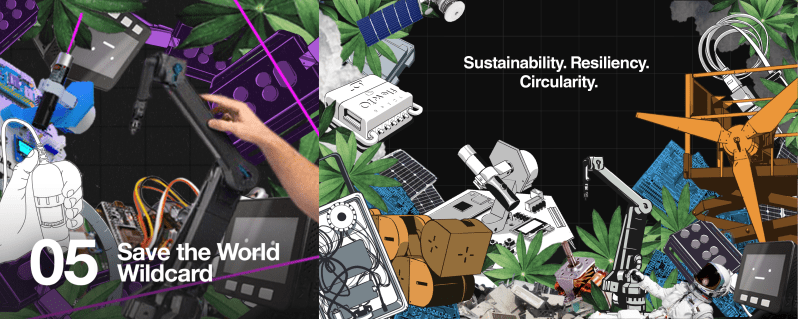
The Wildcard Round is the wildest round, and the 2022 Hackaday Prize had a slew of great entries. We’ve winnowed the wildcards down to a large handful, and we’re happy to announce the finalists. Every winner receives a $500 award, and is automatically entered for the final round of the Hackaday Prize. The grand prize winners will be announced during Supercon on Nov. 5th, and we’ll be streaming so you can root for your favorites whether you’re with us in Pasadena or not.
So without further ado, the finalists.
Wild Oceans and Watching the Air
Two of our wildcard finalists turned their efforts to the seas. Otter Force One is essentially an underwater, AI-powered vacuum collector for purple sea urchins. What? Well, the invasive sea urchins destroy the kelp forests, upsetting the ocean ecosystem. While divers can harvest the sea urchins to help keep them at bay, it’s probably a better job for a robot. Prototype one is stationary, but a new version aims to be mobile, with thrusters that drive it around the ocean floor.
Ocean Sensing for Everyone: The OpenCTD is an invitation to do oceanography, citizen-science style. It’s a low cost CTD: a device that measures salinity, temperature, and water depth. It’s a DIY piece of gear that would enable schools, individuals, or anyone on a budget to get started learning about their local ocean.
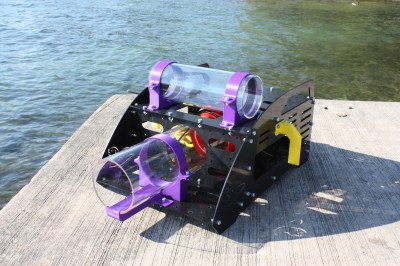
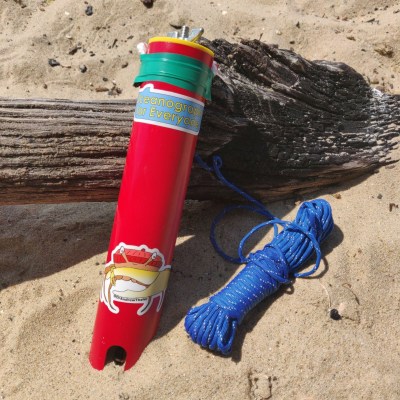


Even if you don’t live by the sea, you probably still breathe air. And if you’re concerned about your local air quality, Mindful Droid and The Interactive Air Quality Map will help you quantify that. The former is a cute pixel-art adorned bot that is both portable and informative – displaying sensor readings for all to see, and maybe discuss. The Map is more of a stay-at-home device, but it reports its data to other Maps, and together help map out a city’s current air quality situation.
Welcome the Wildness
Then come the uncharacterizable projects – that’s why you have a wildcard round after all. Leading the pack is the Bloft Mk2 3D Printer, a hangprinter with a pellet-eating nozzle that allows it to use recycled plastic and extrude on a large enough scale to make furniture. Automatic Construction uses inflatable formers and a unique soap-suds foamed concrete that may actually help sequester CO2, offsetting some of concrete’s emissions.
Autonomous Research Laboratories is a closed-loop science automation demo project, which basically consists of a spectrophotometer and some LEDs, but it aims to demonstrate how you could automate simple experiments. Similarly wild, the DC-DC Solar EV Charger project mounts a solar panel and purpose-built MPPT charging setup to the roof of an electric car. We have no idea if it’s going to net power, but at least it’s out there collecting data.
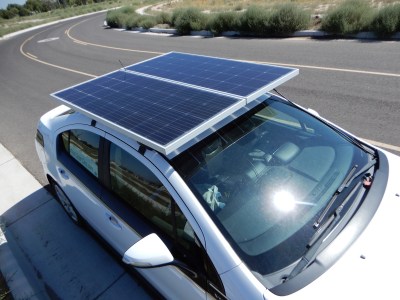
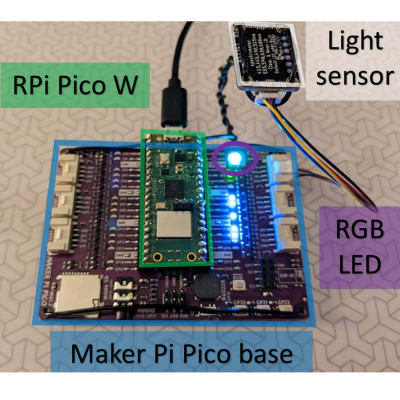
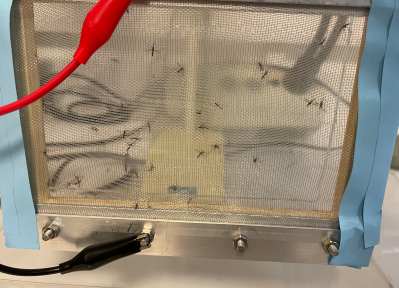

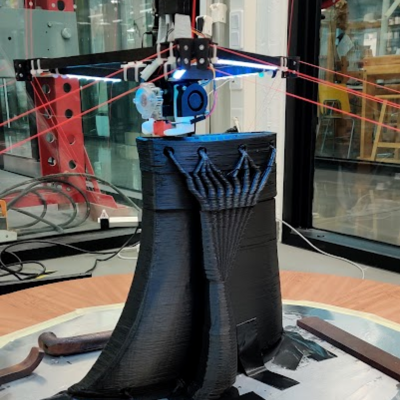
Another promising project is Tica-Lab – Electrified mosquito net. The essential innovation is an affordable conductive mosquito net that can be charged up via solar panel during the day to electrocute mosquitoes at night, without the use of pesticides. They’re still working on the manufacturing side, but this project looks to be really going places.
And finally, JoyToJoy is a sweet but simple project to add video-gaming joystick functionality to wheelchair-drive joystick controllers. It basically consists of a bunch of configurable joystick heads that all embed an IMU that detects their position. Add some buttons, and design the 3D print to fit the needs of the user, and you’ve got a wheelchair compatible pointing device. It’s an out-of-the-box solution that’s as clever as it is respectful of its users. And that’s a wildcard win in our book.
The Final Days
As our 50 finalists put the final polish on their projects before the freeze deadline this weekend, and our judges break out their fine-toothed combs to look them over, we can take a look back at all of the 327 (!) projects that got entered. We’re looking forward to the finals on Nov. 5th.
Thanks again to Supplyframe and Digikey for being loyal supporters of the Hackaday Prize!


0 Commentaires